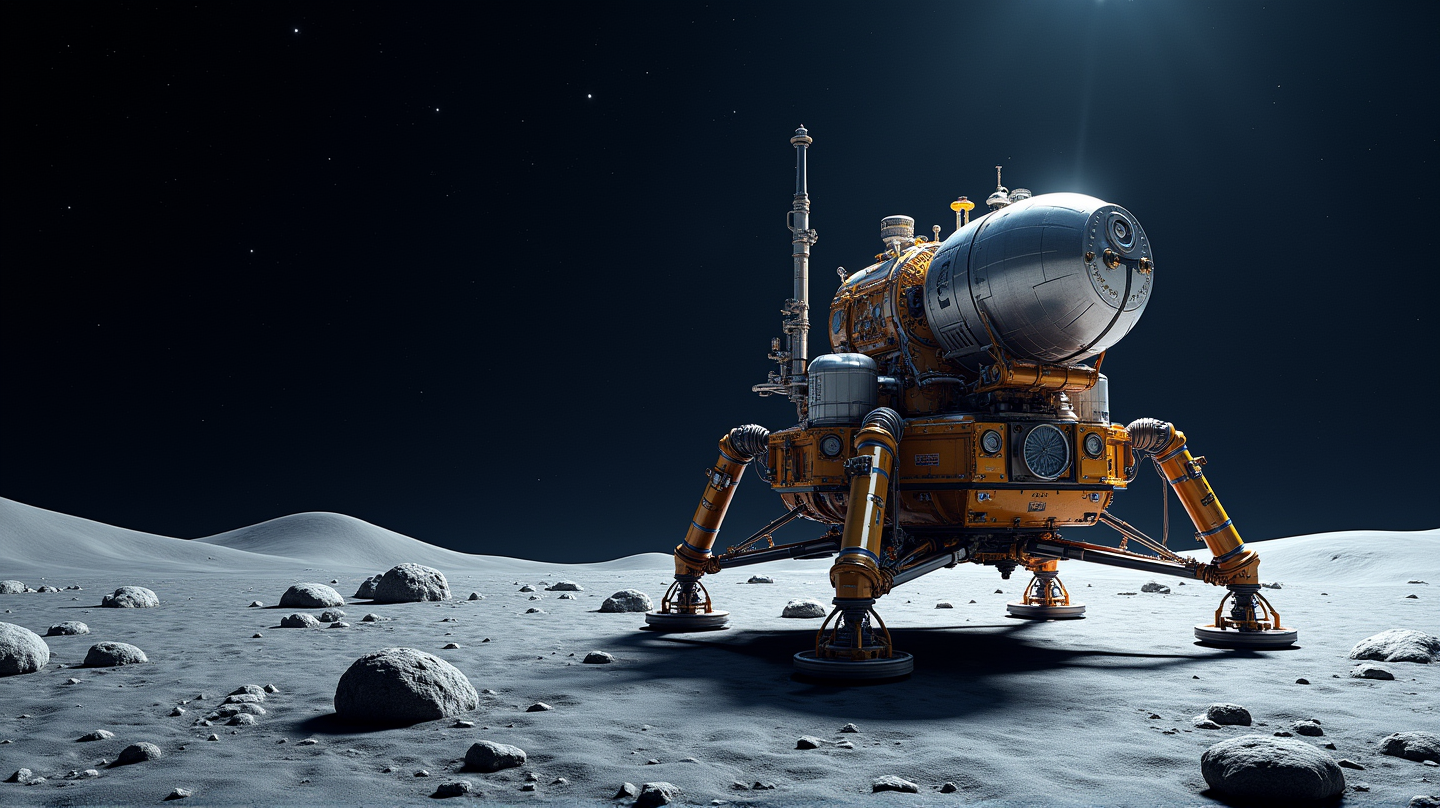Japan's ispace Prepares Another Historic Moon Landing: New Challenges, New Hopes
Tokyo-based ispace aims for lunar success with Resilience, learning from its 2023 mission's mistakes. The landing is scheduled for June 5.

In a riveting demonstration of humanity’s relentless pursuit of space exploration, Japan’s ispace prepares to etch its name in history with a groundbreaking moon landing attempt on June 5. Building on the lessons of past trials, the Tokyo-based company stands poised to tackle uncharted lunar territory with its upgraded Resilience lander.
The Path of Resilience
A journey of perseverance defines ispace’s lunar saga. Resilience, launched aboard SpaceX’s Falcon 9 in January, has embarked on an intricate trajectory to reach the moon’s orbit, setting the stage for a precise descent into the Mare Frigoris. As the landing countdown ticks away, this renewed effort showcases ispace’s commitment to overcoming previous challenges, learning from the Hakuto-R Mission 1, which fell silent prior to touchdown.
A poignant reminder of the resilient human spirit, ispace has meticulously refined its lander with cutting-edge software modifications. “Since that time, we have drawn on the experience, using it as motivation to move forward with resolve,” stated CEO Takeshi Hakamada, bringing forward the compelling journey towards achieving what once seemed out of reach.
Lunar Descent and Landmark Possibilities
An hour before the anticipated touchdown, Resilience will fire its main engine to begin a scripted, autonomous descent towards Mare Frigoris, a vast and serene expanse in the moon’s northern hemisphere. Should the landing succeed, this marks not only a triumph for Japan but a monumental leap for global commercial lunar exploration, a burgeoning field once dominated by national endeavors. As stated in Space, Resilience’s success would join Japan’s historical records, continuing a narrative of innovation and pioneering excellence.
Bridging the Lunar Frontier
Beyond merely reaching the lunar surface, Resilience carries with it more than simple aspirations. Alongside essential equipment, the lander is tasked with deploying a rover named Tenacious, an intricate device with a camera and sample-collecting shovel. The mission further aims to broaden scientific understanding through unprecedented experiments—ranging from algae-based food production to radiation analysis, potentially contributing to the safety of future crewed lunar missions.
Unfolding before our eyes is a bold vision of expanding Earth’s presence in the cosmos. ispace is at the helm of crafting a sustainable cislunar economy, preparing the stage for its larger Apex 1.0 lander in its 2026 mission.
The Larger Context
The moon presents both a coveted and challenging destination. Though competitors have faced setbacks, Japan’s efforts underline a wider narrative of relentless exploration driving forward the ambition of commercial lunar travel. Whether Resilience secures its spot, this mission upholds Japan’s contributions to a cosmic dance with the stars, aligning closely with their dreams and technological milestones.
Join us in witnessing history in the making—an interstellar step that promises to shape our off-world future and potentially influence how we chart new terrains in the universe. The countdown echoes loudly, inviting us all to share in humanity’s endless pursuit of discovery and awe in the vast theater of space.
Stay tuned to witness a narrative that stitches dreams into reality, marking another wondrous chapter in our cosmic journey.

